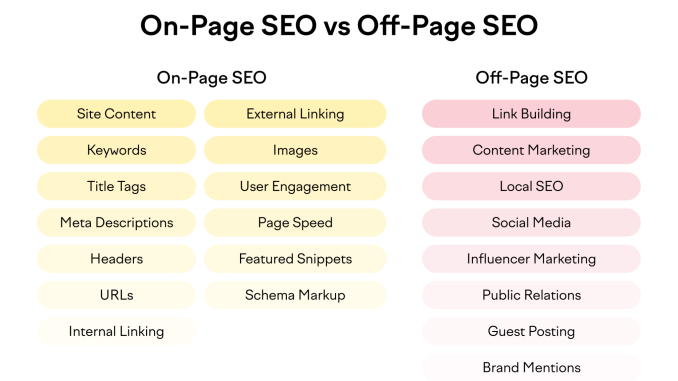
In the competitive world of digital marketing, having a strong online presence is crucial for success. One of the most effective ways to improve your website’s visibility and rankings in search engine results is through on-page SEO. On-page SEO refers to the optimization of individual web pages to improve their search engine rankings and attract more organic traffic.
Understanding On-Page SEO
On-page SEO involves optimizing various elements on your website, such as meta tags, headings, images, and content, to make them more search engine friendly. By implementing on-page SEO strategies, you can make it easier for search engines to crawl and index your website, ultimately improving its visibility and ranking in search results.
Key On-Page SEO Factors
1. Content Quality
High-quality, relevant, and valuable content is the foundation of any successful on-page SEO strategy. Ensure that your content is well-written, engaging, and provides value to your target audience. Use relevant keywords naturally throughout your content to improve its visibility in search results.
2. Title Tags
Title tags are one of the most important on-page SEO elements. They provide search engines with information about the content of your web page. Make sure your title tags are descriptive, contain relevant keywords, and are unique for each page on your website.
3. Meta Descriptions
Meta descriptions are brief summaries that appear in search engine results below the title tag. They provide users with information about the content of your web page. Write compelling and relevant meta descriptions that encourage users to click on your website.
4. Heading Tags
Heading tags, such as
,
, and
, help search engines understand the structure of your content. Use heading tags to organize your content logically and include relevant keywords to improve your website’s SEO.
5. Image Optimization
Optimizing images on your website can improve your on-page SEO. Make sure to include descriptive alt text, file names, and captions for your images. This can help search engines understand the content of your images and improve your website’s visibility in image search results.
On-Page SEO Best Practices
Here are some best practices to follow when optimizing your website for on-page SEO:
Perform keyword research to identify relevant keywords for your content.
Create high-quality, valuable content that incorporates your target keywords naturally.
Optimize your title tags, meta descriptions, and heading tags with relevant keywords.
Optimize images with descriptive alt text and file names.
Internal linking to relevant pages on your website.
Regularly update and optimize your content to keep it fresh and relevant.
Conclusion
On-page SEO is a fundamental aspect of digital marketing that can significantly impact your website’s visibility and rankings in search engine results. By implementing on-page SEO best practices and optimizing key elements on your website, you can improve your online presence and attract more organic traffic. Start by focusing on content quality, title tags, meta descriptions, heading tags, and image optimization to enhance your website’s SEO performance.